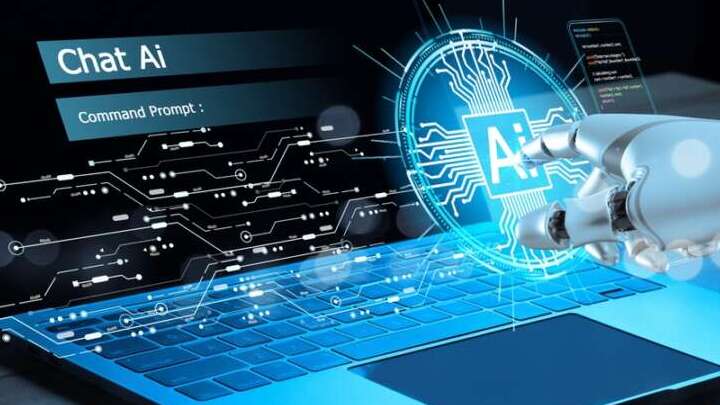
The chief human capital officer (CHCO) at the Department of Commerce said today that generative AI (GenAI) technologies appear to have a bright future in how government agencies undertake their human resource management work.
Speaking at an event organized by GovExec, Jessica Palatka said she is often asked whether AI will end up taking away peoples’ jobs at the agency, and forcefully pushed back against that notion.
“AI is not going to take your role, your responsibility,” she said. Rather, she said, the technology is “going to allow us the opportunity to find so many new areas to provide better customer service, and more personal customer service, and allow AI to do the parts of the positions that we have now that might be a little bit more simplified.”
“It’s only going to enhance what is that we currently do,” she said.
“You know, there is a time of transition that’s coming,” Palatka said. “My role as the CHCO at the Department of Commerce is really to encourage our employees to understand how AI will enhance that work and allow them to explore the strategic opportunities that are going to be available to them, the critical thinking that comes with it, and the creativity.”
Speaking specifically of GenAI applications, Palatka said the technology is “an enabler in several key HR practices such as succession planning and workforce planning,” particularly regarding automated workforce data analysis, where the technology can capture a more complete view of data.
“You can look at your data, but unless you’re looking at an entire environmental scan, you’re not getting the right snapshot of your data,” she said.
“So, having AI do that automated workforce data analysis, AI is going to have a much easier time of pulling in … environmental factors, pulling in DEI [diversity, equity, and inclusion] data, looking at the entire environmental scan while it’s assessing workforce data,” she said. “So automating workforce data analysis, I really see generative AI helping us.”
Another area where GenAI tech will help is in process flow documents, she said.
“Generative AI can really quickly create and aggregate materials to document and transfer information about a specific position or task, and I’m thinking like standardizing operating procedures, standardizing creativity of position description,” she said.
“I’m talking succession planning specifically, those are the two areas – automating workforce data and generating process flow,” she said.
Palatka also said GenAI tech also has a bright outlook to help streamline talent acquisition lifecycle functions including identifying workforce needs, sourcing and recruiting, helping to write creative job descriptions, and picking out more relevant data from resumes.
“That’s what’s great is that with generative AI, it’s not a singular view, it can really pull in so much of that other data that we might forget to look at,” she said.
